Ecocity 4: Curitiba, Brazil, 2000
Host organization: Open University for the Environment
Conveners: Cleon Ricardo dos Santos and Clovis Ultrimari
Closest to an ecocity
Ecocity 4 featured explorations of such features in Curitiba as we outsiders could until then only dream about. Twenty-seven blocks of pedestrian streets, dozens of parks and plazas and a transit system co-developed with five arms of high-density residential and commercial development along streets reserved for buses – all these became objects of study and envy. Waterways were restored and open landscapes created to harmlessly inflate, then subside, with storm runoff where formerly hundreds of houses were flooded. Educational programs incorporating ecological lifestyle changes along with basic skills for life in the city were provided in old recycled buses that became classrooms for a community of sparse economic means.

Ecocity transit: Curitiba’s Bus Rapid Transit (BRT) is one of the most heavily used, but low-cost, transit systems in the world. Passengers purchase tickets at raised-platform station, speeding up the boarding process.
Thus the city of Curitiba itself became the supreme topic for this iteration, though as always, international guests told tales of problems and solutions everywhere. Twenty-four-year mayor of Erlangen, Germany Dietmar Halvig told of his city’s rejection of the car-centered redevelopment patterns prevalent after the Second World War and the prosperity of a place designed mainly for the pleasure and convenience of enterprising and energy-conscious citizens. Juan Antonio Zapatel presented the case study of a Roman Aqueduct preservation project in the District of Malagueira, Portugal in which a modernized version augmented the old, both providing strategic urban shade in a hot, sunny region as well as water conveyance – and in the case of the modern version – conveyance of electric, gas and phone lines. One particularly engaging presentation was on innovative architecture in Egypt, Bolivia and Jamaica by a young student from Toronto, Canada named Nadia Lawrence. Peter Berg, leader in the theory of bioregionalism and instigator of its promulgation spoke of his work from San Francsico to Bahia de Caraquez and progress of the concept around the world. Past Ecocity conference conveners, Paul Downton and Joan Boaker, co-founder of Ecovillage at Ithaca, New York were there, Downton relating Urban Ecology Australia’s current efforts in Adelaide and Bokaer making a progress report right in the middle of fast development of her largest of American ecovillages. Ecovillage Ithaca was a place, like Curitiba, designed as much as possible around the pedestrian and pushing further down that foot- and-bicycle road. Renowned architect and planner Ruben Pesci described several of his urban layout designs for South American cities.

Model of Curitiba’s BRT system at the 3rd Ecocity International Conference
Other reports covered the Midrand, South Africa Ecocity Project and similar efforts in Mexico, developments at Arcosanti, Paolo Soleri’s experimental town in Arizona and a great deal of detail concerning the design and building of Curitiba itself delivered by the public representative of the Planning and Research Institute of Curitiba (IPPUC), Maria Rosario.
The gem in the crown of Ecocity 4 was the keynote address by architect and past Mayor of Curitiba, then Governor of the State of Parana, Jaime Lerner. He was the inventor/leader of much that is Curitiba’s contribution to its own citizens and to the world. We’d come to the destination of our pilgrimage, saw and knew it was good! But perhaps more importantly, we saw that it was something that could be done around the world. Said Lerner,
“Very major changes can come about in as little as two years.” Implication: “Get moving!”


